Dyneema Composite Fabric Explained
Posted by Andy Neil on Aug 18, 2025
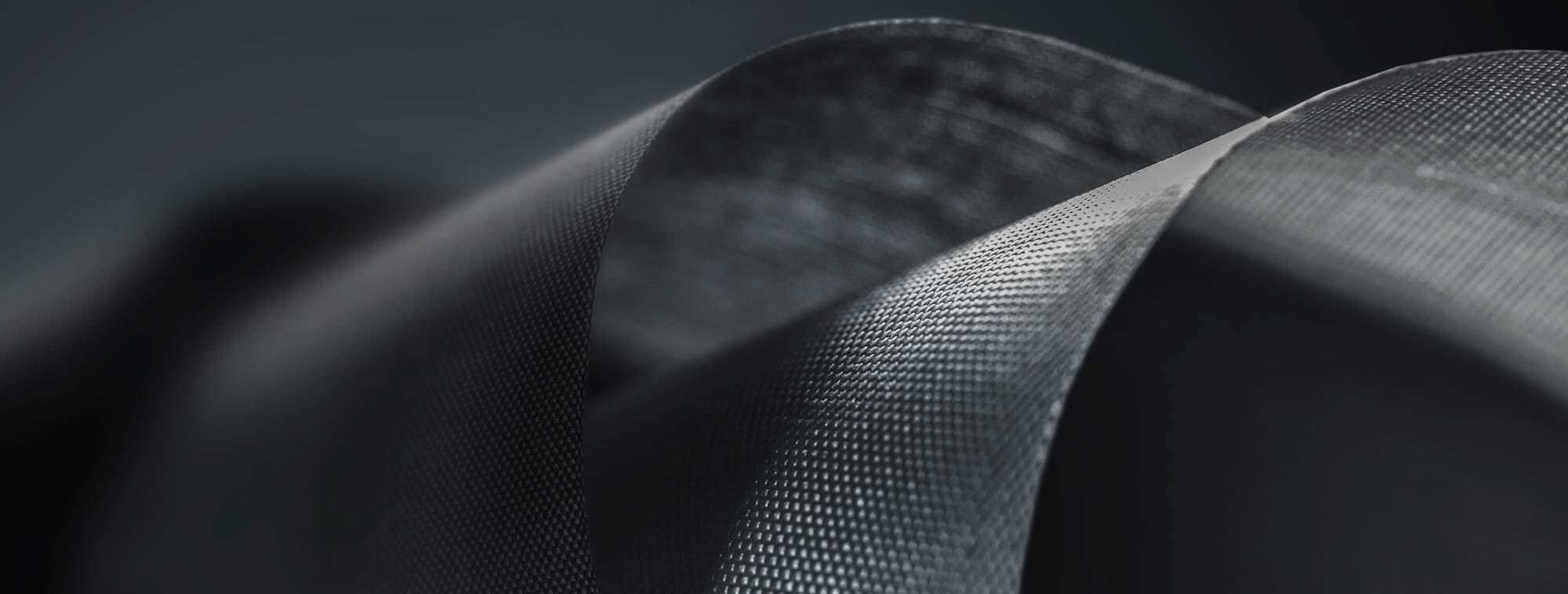
Dyneema Composite Fabric (DCF), formerly known as Cuben Fibre, has transformed the world of ultralight backpacking. This high-tech fabric, popularised by tent manufacturers such as Hyperlite Mountain Gear, offers exceptional strength-to-weight performance, full waterproofing, and all-weather reliability. It’s now a common choice for ultralight tents, backpacks, and accessories, allowing adventurers to shed weight without sacrificing durability.
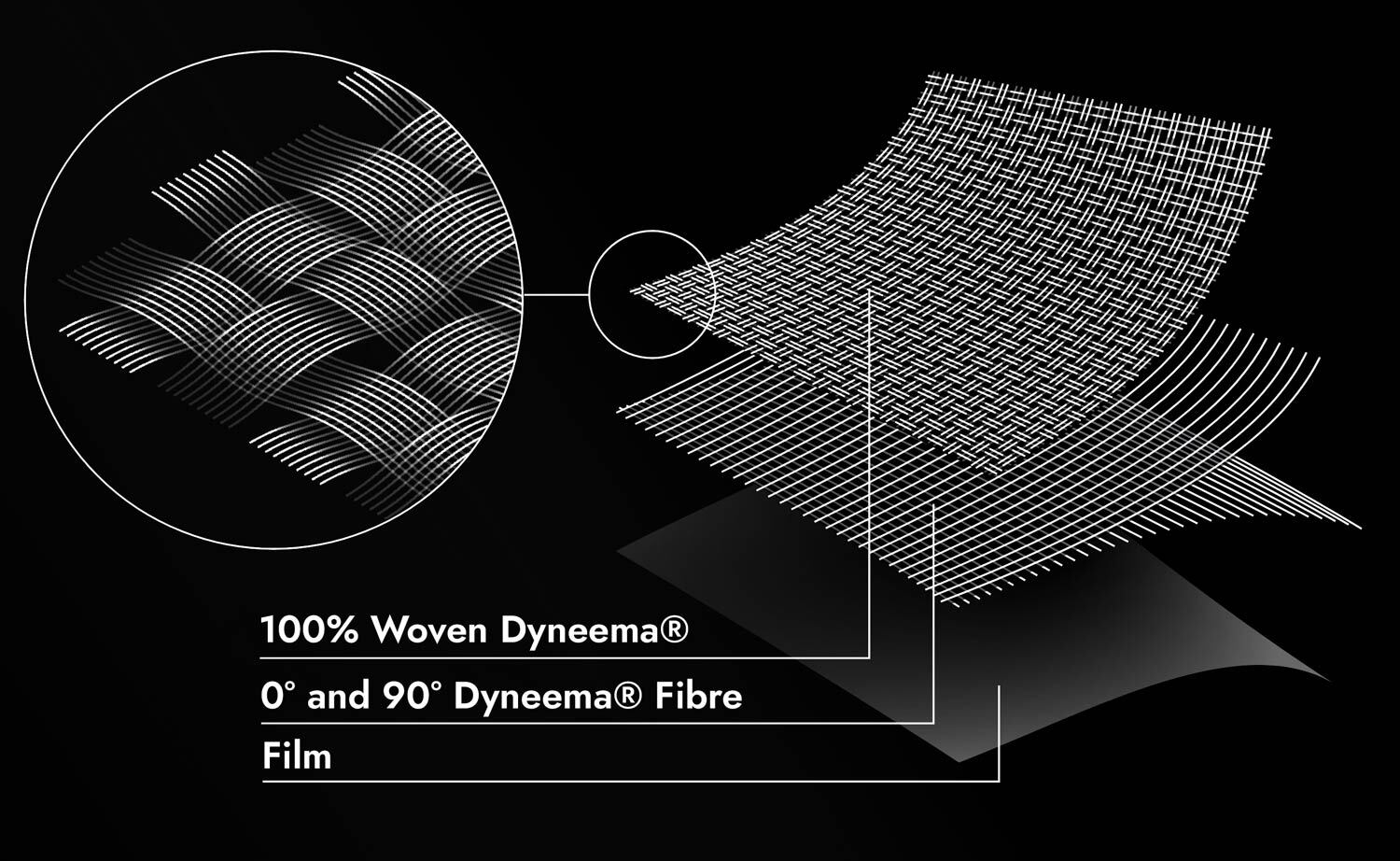
What is Dyneema?
Dyneema is essentially Polyethene Fibres laminated between thin polyester/Mylar film layers. The Dyneema fibres provide the fabric’s remarkable tensile strength, while the laminate gives it structure and makes it fully waterproof.
Its incredible strength comes from stretching Ultra-High Molecular Weight Polyethene (UHMWPE) so that the molecules align into long, parallel chains. When aligned and tightly packed like this, these chains can withstand immense force without breaking. The result is a material “up to 15 times stronger than steel by weight”.
Dyneema was first developed in the Netherlands in 1963, but it wasn’t until 1992, under the name Cuben Fibre, that it saw high-profile use, as the sailcloth on America³ (pronounced “America Cubed” ), the yacht that went on to win the America’s Cup. Since then, Dyneema has spread across every industry, appearing in protective clothing, fishing nets, medical applications, and, of course, ultralight outdoor gear.
Key Properties for Outdoor Gear
So what makes Dyneema so good for ultralight tents and backpacks? It’s not just light, it combines strength, waterproofing, and stability in ways that most traditional fabrics can’t match.
● Fully Waterproof: The film layers create a permanent waterproof barrier, unlike coatings that can wear off or degrade.
● Non-Absorbent: Does not take on water or gain weight, even after days of rain.
● Near-Zero Stretch: Keeps tents taut in wet or windy conditions and prevents packs from sagging under load.
● Exceptional Strength: Dyneema fibres give the fabric outstanding tear resistance for its weight, ideal for demanding environments.
● Easy To Repair: Small tears can be quickly fixed with duct tape or similar, unlike tents such as silpolly, which require special adhesive, which you almost certainly won't find on the trail.
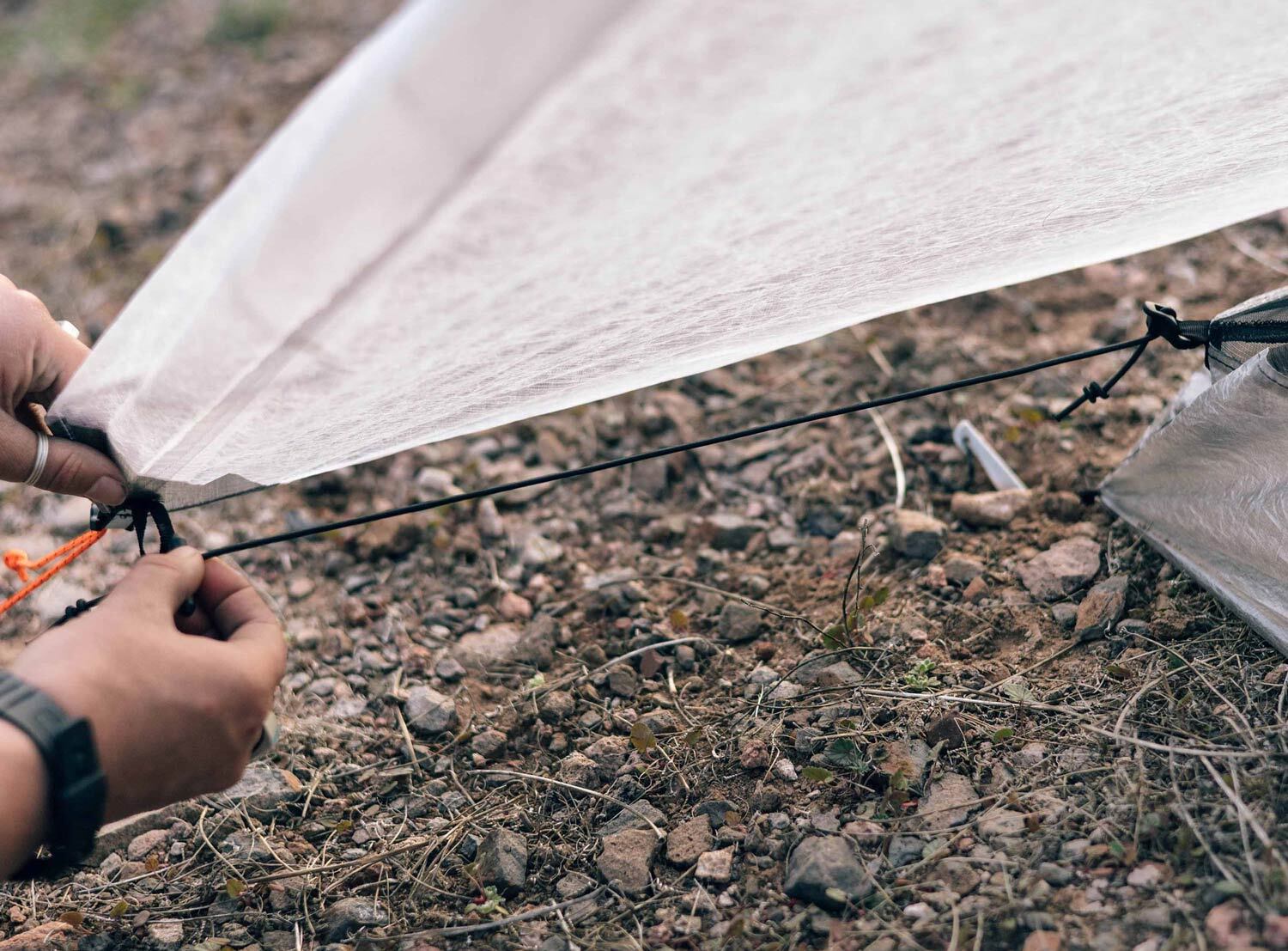
DCF, DCH, and DWC, What's The Difference?
When browsing Dyneema-based product tents, backpacks, or accessories, you’ll often see three classifications: DCF (Dyneema Composite Fabric), DCH (Dyneema Composite Hybrid), and the newer DWC (Dyneema Woven Composite), usually called woven Dyneema. Each uses Dyneema fibres but in different constructions for different purposes.
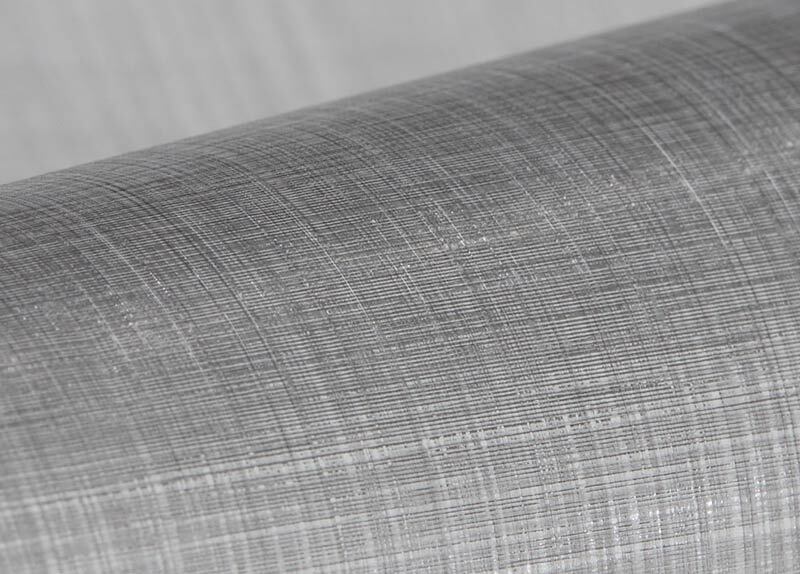
Dyneema Composite Fabric (DCF)
The “original” ultralight laminate: Dyneema fibres sandwiched between thin polyester films. It’s waterproof, strong for its weight, and low-stretch, but more vulnerable to abrasion. It's perfect for packing cubes, stuff sacks, peg bags, etc.
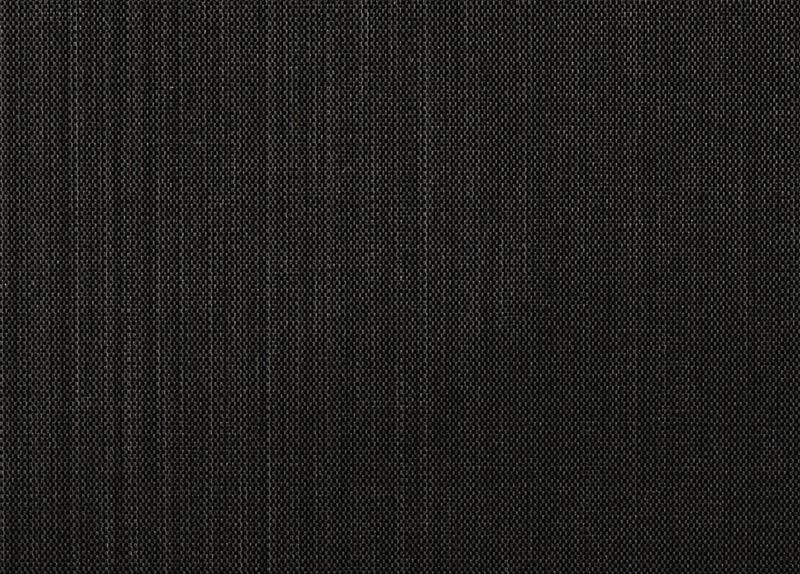
Dyneema Composite Hybrid (DCH)
Takes that same DCF core and bonds it to a woven polyester face. This adds significant abrasion resistance while keeping it waterproof, making it ideal for tents.
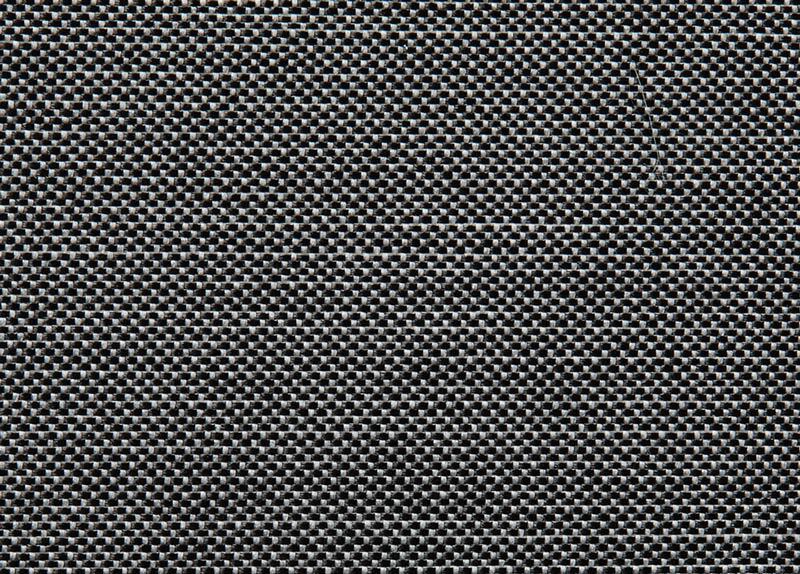
Dyneema Woven Composite (DWC)
The new kid on the block, is a woven cloth made from Dyneema fibres, laminated back onto a composite layer. It’s exceptionally tough and abrasion-resistant, but heavier, perfect for backpacks.
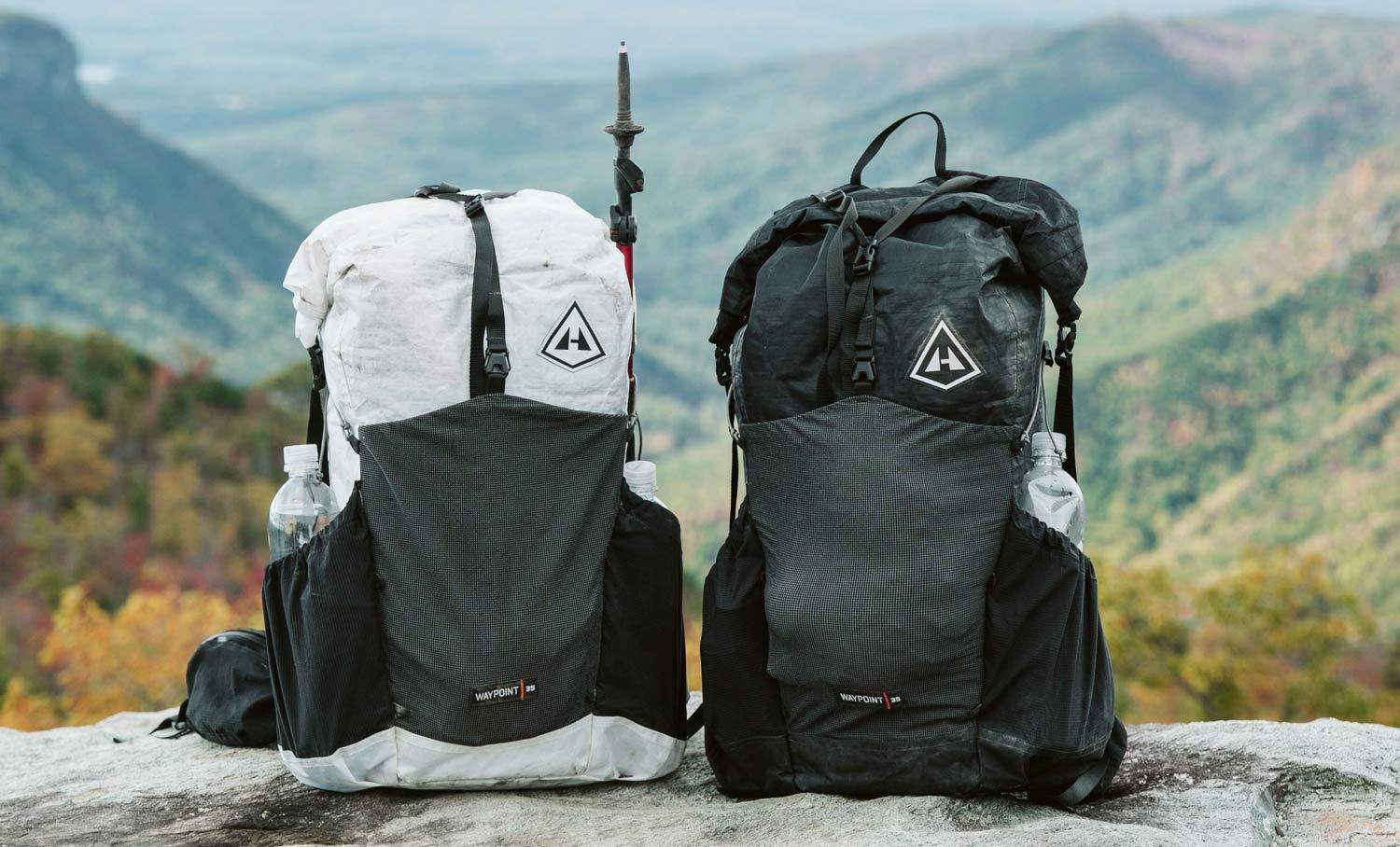
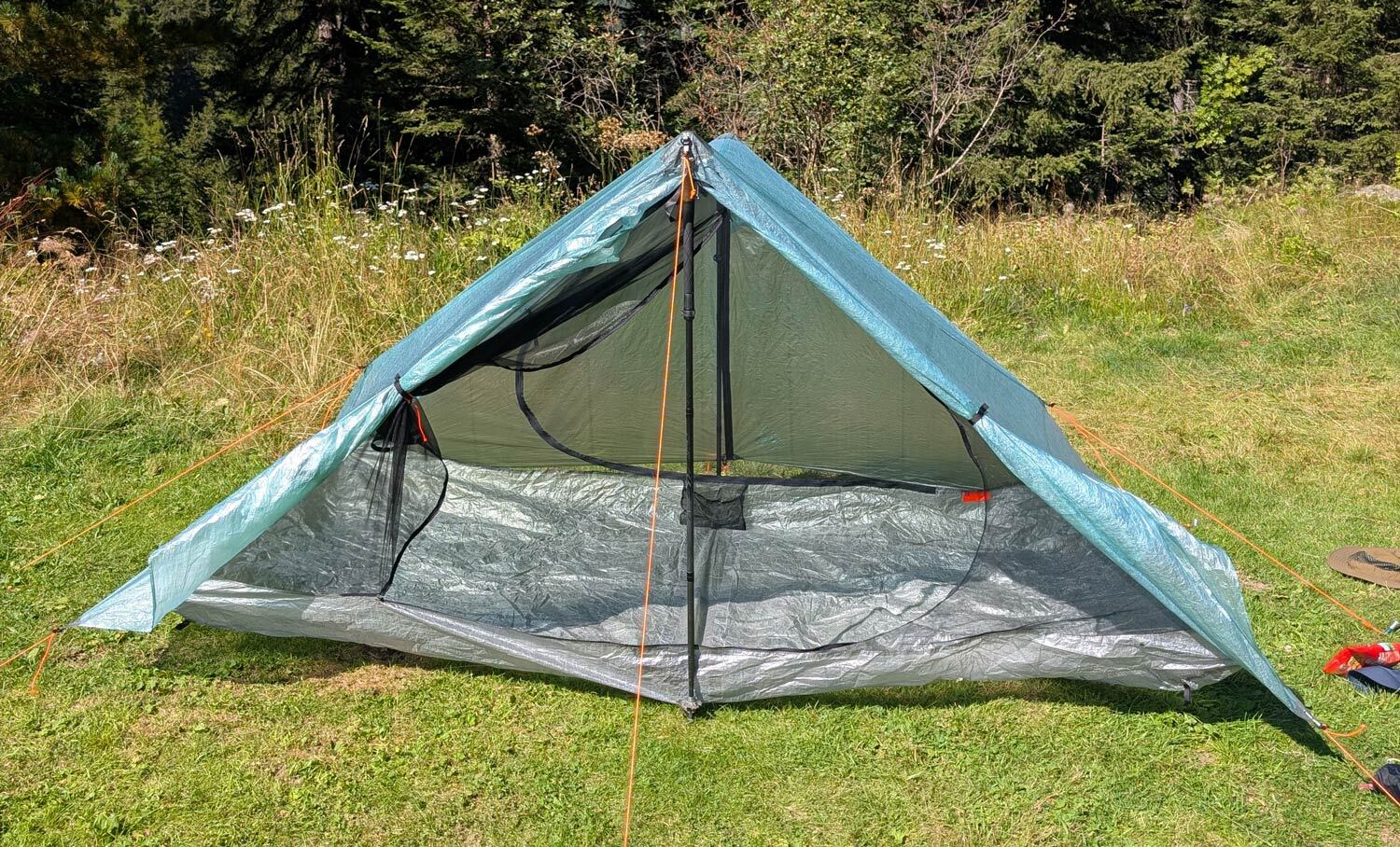
Durability Ratings
DCF weights are given in ounces per square yard (oz/yd²), because well, America. For example, DCF5 ≈ 0.5 oz/yd² (lighter, less abrasion-resistant) and DCF8 ≈ 0.8 oz/yd² (heavier, tougher). As the number increases, so does durability and weight. DCH uses the same numbering for the DCF core layer, but the woven polyester face adds weight. For example, DCH5 means 0.5 oz/yd² DCF plus the polyester face.
DWC, being a woven fabric, is measured in denier (D). The higher the denier, the thicker, stronger, and heavier the fabric. For example, 200D Dyneema is tougher than 150D.
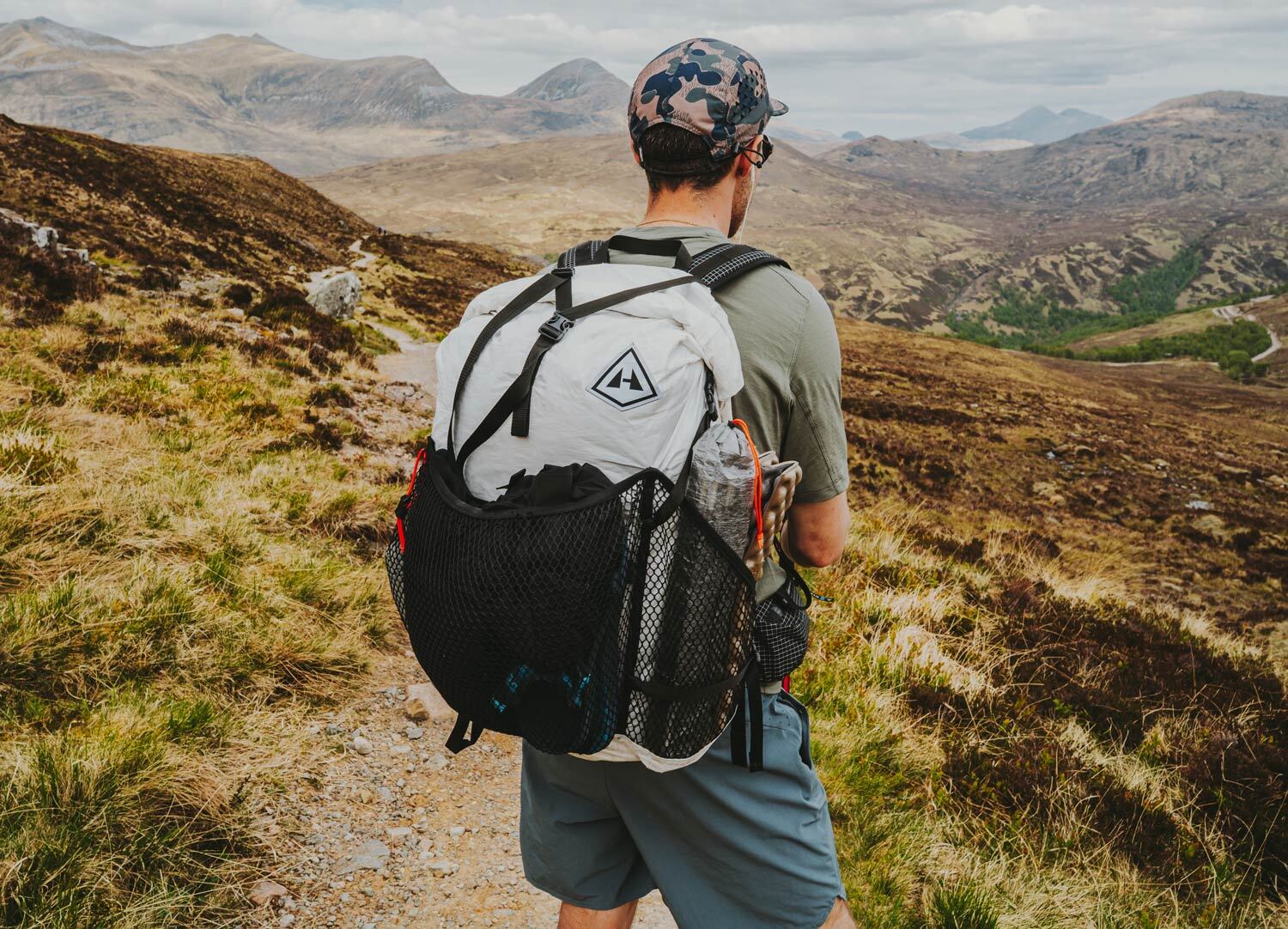
So, Is There a Downside?
Like any material, Dyneema isn’t perfect. While it delivers unmatched strength-to-weight performance, it does come with a few trade-offs that are worth considering before you invest.
● Expensive: The most significant drawback, and one that can be hard to overlook, is the cost. Dyneema is a premium fabric, and its price often doubles or even triples that of comparable gear made from nylon or polyester.
● Can Be Noisy/Crinkly: The laminate structure can produce a noticeable rustling or crinkling sound, especially when new, barely an issue for a stuff sack, but far more apparent when it’s a tent flapping in the wind.
● Limited Colour Range: Manufacturing options are limited, so most products come in white, grey, or a small selection of muted colours. So those looking for a stealthy option may not find what they are looking for.
● Semi-Transparent: This can be a pro or a con, depending on your perspective, and perhaps your campsite for the evening. I enjoy not feeling completely shut off from the outside world in a Dyneema shelter; you can still see the sway of the trees and watch the light shift from day to night. On the other hand, you might feel a little self-conscious getting changed at a busy campsite.
● Heat-Sensitive: High temperatures (campfires) can warp or weaken the material.
● Can Delaminate If Abused: Heavy creasing, prolonged stress, or sharp folding can cause the film layers to separate over time.
● UV Degradation Over Time: Prolonged exposure to strong sunlight can slowly weaken the laminate and reduce the fabric’s lifespan, especially if left outside for weeks or months.
Conclusion
Dyneema has earned its place as one of the most advanced and desirable fabrics in the world of ultralight gear. Its unrivalled strength-to-weight ratio, permanent waterproofing, and long-term reliability have made it a favourite for hikers seeking to shed pack weight. It comes with a higher price tag, yes, and a few quirks, but for those who value performance over penny-pinching, it’s an investment that can pay off for years of hard use. Whether you’re looking to lighten your pack for a thru-hike or are looking for gear that will last trip after trip, year after year, Dyneema remains one of the best materials you can choose.
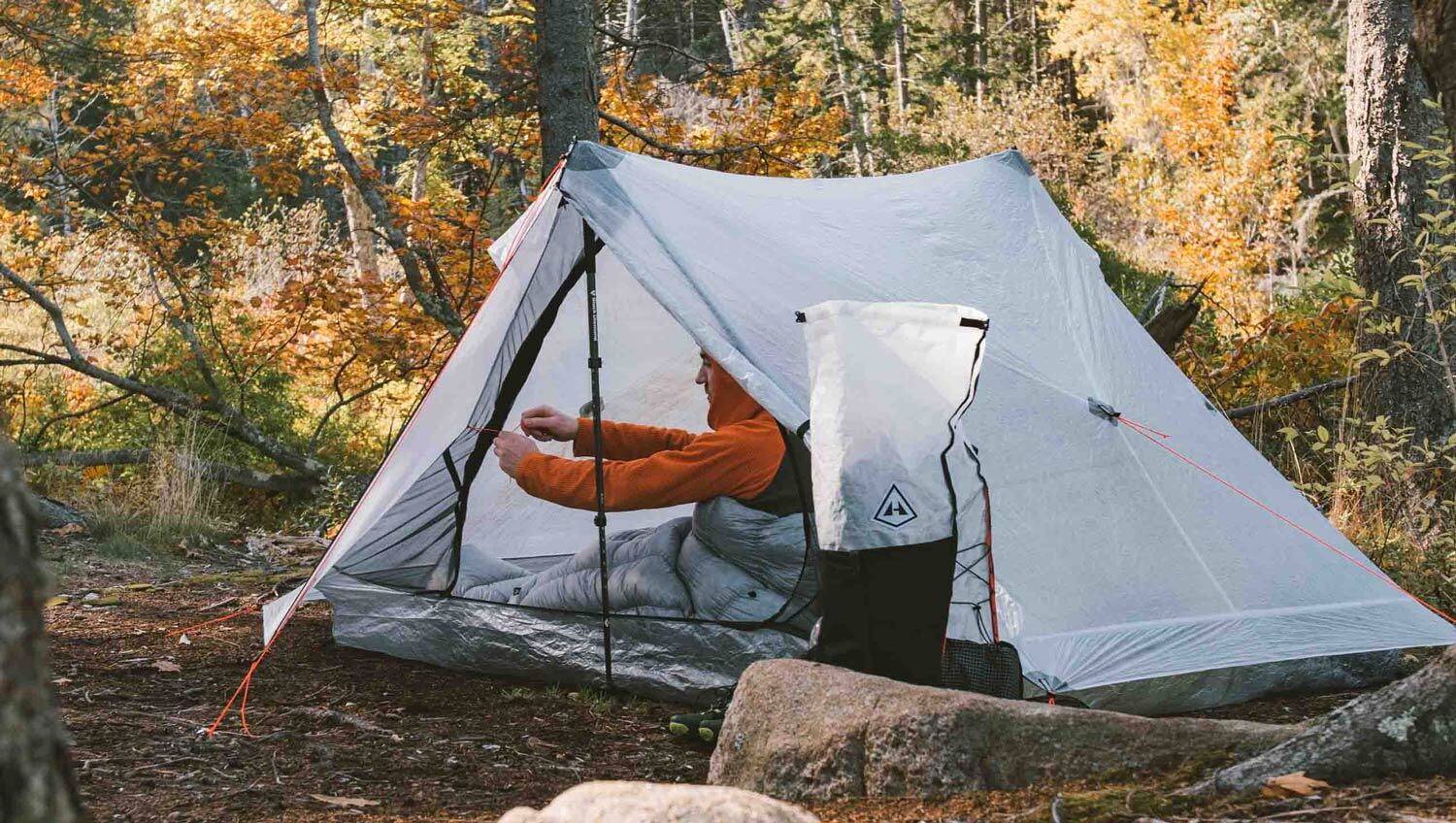
 |
||
 |
||
| Andy Neil |
||
|
Andy has been a keen long-distance hiker and wild camping enthusiast since he completed the Cleveland Way in 2015. Since then, he has walked thousands of trail miles all over the UK and is an active member of the Wild Camping UK community, being an admin of the largest wild camping community on Facebook. He strongly advocates for responsible wild camping and believes it is important to leave no trace when camping in the wilderness. He joined the UOG team in 2021 and works as a website developer and content creator. |
||
Dyneema Composite Fabric (DCF), formerly known as Cuben Fibre, has transformed the world of ultralight backpacking. This high-tech fabric, popularised by tent manufacturers such as Hyperlite Mountain Gear, offers exceptional strength-to-weight performance, full waterproofing, and all-weather reliability. It’s now a common choice for ultralight tents, backpacks, and accessories, allowing adventurers to shed weight without sacrificing durability.
